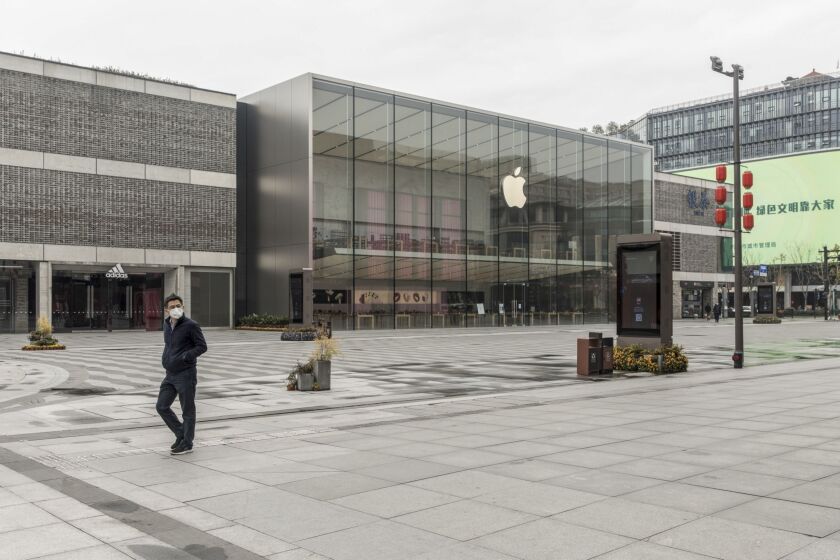COVID-19 has accelerated changes in payments behavior that would otherwise have taken years to occur, laying the foundation for global expansion post-pandemic. But for different parts of the world, this digital transformation had very different outcomes.
The humble QR code — invented for automobile manufacturing in 1994 — had been on the rise as a payment method for many years, but the pandemic expanded its use in the U.S. in some unforeseen ways.
Latin America is seeing a surge in digital wallet adoption as governments seek ways to disburse coronavirus aid to vulnerable citizens, and consumers look for safe alternatives to cash.
People who order groceries for delivery may be using digital payments or a plastic card to pay for their food, but the person picking up the groceries may be making a separate payment at the point of pickup — and in the process, influencing the global shift toward contactless payments.
Many companies are postponing product rollouts until the economy improves, but the Samsung Money debit card could be better suited for spending habits during the coronavirus pandemic.
One of the selling points behind multi-account payment cards is the ability to shift spending on the fly or shortly after shopping, such as to fund a recent purchase with loyalty points. During the pandemic, this feature may become a key financial management tool.
The global efforts to contain the coronavirus outbreak are leading to drastic actions that test the limits of what consumers will accept when governments and other entities use their payment data.
Coronavirus, also called Covid-19, is wreaking havoc on the stock market, with a heightened effect on the travel industry. It could also cause a drastic change in payment habits, as consumers shift to digital channels to reduce their risk of infection from handling cash.











